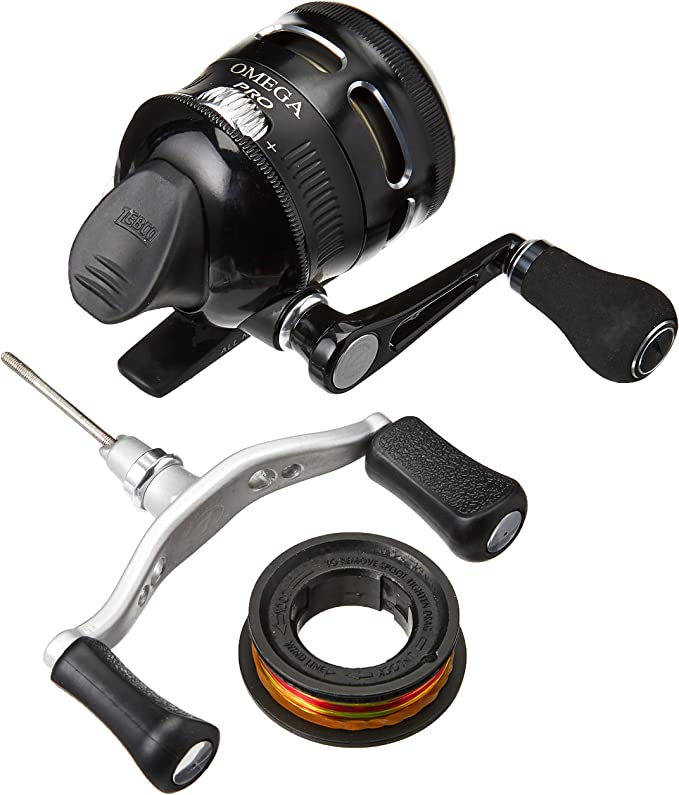Pneumatic Architecture: The Engineering Behind Inflatable Camping Tents
Update on Nov. 19, 2025, 10:15 a.m.
For decades, the structural integrity of a campsite depended on the rigidity of aluminum or fiberglass. The “pole” was the fundamental unit of shelter architecture. However, a paradigm shift has occurred, moving from rigid skeletons to pneumatic structures. This is not merely a matter of convenience; it is an application of Air Beam (or Air Pole) technology, a concept borrowed from rapid-deployment military shelters and adapted for recreational use.
The KIKILIVE Inflatable Camping Tent serves as a prominent example of this shift. By replacing metal with pressurized air, it challenges our traditional understanding of stability and setup dynamics. But how does a column of air replace a rod of alloy? The answer lies in the physics of hoop stress and material tension.

The Physics of the Air Beam: Hoop Stress and Rigidity
An inflatable tent does not rely on the air itself to hold weight; it relies on the tension of the fabric containing the air. Inside the visible outer sleeve of the KIKILIVE tent lies a bladder, typically made of Thermoplastic Polyurethane (TPU).
When you pump air into this 15cm diameter tube, the internal pressure pushes outward, creating Hoop Stress in the sleeve material. This tension makes the fabric tube rigid, allowing it to resist bending forces (like wind). * The Advantage: Unlike aluminum, which has a yield point (bend it too far, and it snaps or permanently deforms), an air beam is elastic. In a severe gust, it may deflect, but it will spring back instantly once the pressure is relieved. * The Limitation: The structural integrity is entirely dependent on maintaining internal pressure (PSI). As noted in user reviews regarding leaks, even a microscopic puncture or a faulty valve seal compromises the entire “skeleton” of the tent.
Material Science: 420D Oxford vs. The Elements
The skin of the shelter is just as critical as the skeleton. The KIKILIVE utilizes 420D Oxford Cloth. * Denier (D): This measures the linear mass density of fibers. 420D indicates a heavy, thick yarn. Compared to the lightweight 20D or 40D nylon found in backpacking tents, 420D is essentially “heavy armor.” It offers superior abrasion resistance but at the cost of significant weight (23kg for this unit). * Hydrostatic Head: The tent claims a 5000mm Waterproof Index. Physically, this means a column of water 5 meters high could sit on the fabric before leaking. However, fabric ratings are only half the story. * The Seam Factor: User Uriah reported leaks from the roof. In heavy-denier tents, the needle holes created during stitching are larger. Unless these seams are meticulously sealed with high-quality thermal tape, the high hydrostatic rating of the fabric is irrelevant—the water will simply bypass the fabric through the stitch holes. This is the most common failure point in budget-friendly glamping tents.

Thermodynamics of the Single-Wall Design
Most inflatable glamping tents, including this model, utilize a Single-Wall construction to reduce weight and complexity. This introduces a critical thermodynamic challenge: Condensation.
In a double-wall tent, moisture from your breath passes through the mesh inner body and condenses on the rainfly, dripping harmlessly to the ground. In a single-wall Oxford cloth tent (which is coated with PU to be waterproof), that moisture has nowhere to go. It condenses on the inside of the fabric. * The User Experience: Campers often wake up to damp walls, mistaking this for a leak. * The Engineering Solution: Ventilation is non-negotiable. The KIKILIVE’s mesh windows and doors are not just for views; they are essential mechanical vents to equalize humidity. The inclusion of a stove jack (chimney opening) allows for the use of a wood stove, which is the most effective way to combat condensation: dry heat lowers the relative humidity inside, keeping the walls dry.

Spatial Dynamics: The Vertical Advantage
One distinct advantage of pneumatic architecture is the geometry of the living space. Rigid poles (fiberglass/aluminum) naturally form arches or domes with sloping walls. Air beams, however, can be pre-curved to create nearly vertical walls.
- Volume vs. Footprint: While the footprint might be 9.8 x 6.6 ft, the usable volume is significantly higher than a dome tent of the same size. The vertical walls mean you can stand up (6.9 ft height) right at the edge of the room, not just in the center. This creates the “glamping” feel—room for cots, chairs, and tables without the fabric encroaching on your headspace.

Conclusion: The Trade-off of Air
The KIKILIVE Inflatable Camping Tent represents a specific compromise in outdoor engineering. You trade the light weight and compact pack size of traditional tents for the speed of setup and the structural resilience of air beams. It is a solution designed for the car camper who values “time to relax” over “miles hiked.” However, understanding the physics of its materials—specifically the reliance on air pressure for stability and the condensation dynamics of single-wall coated fabrics—is essential for managing expectations. It is not a magic fortress, but a sophisticated balloon that requires as much care in maintenance as it offers in convenience.






















